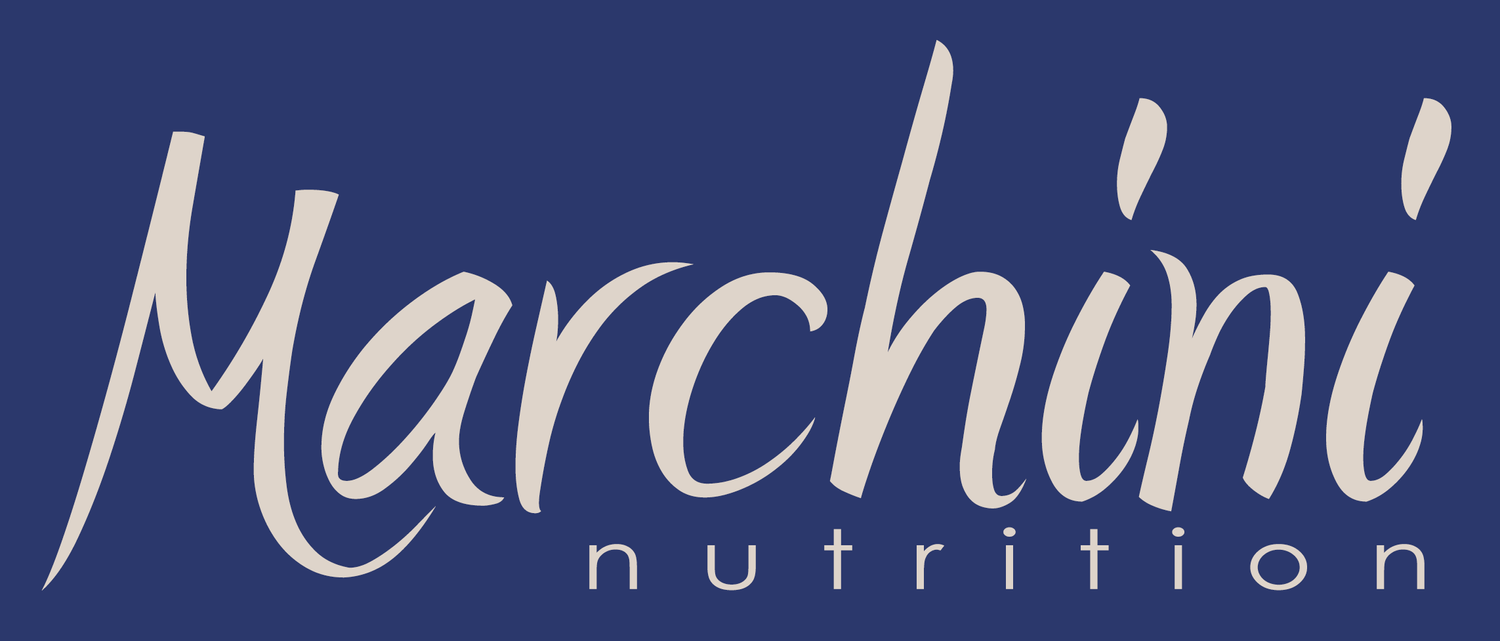Reblogging 'gluten free: a go to brekkie guide'
For some years now, gluten free diets have been a huge trend and one that continues to grow. News from the CSIRO , recently published in the Medical Journal of Australia, called the trend a “real phenomenon” and stated that in a CSIRO study as many as one in seven Australian respondents , not diagnosed with Coeliac Disease, reported avoiding wheat or dairy foods.
This is in addition to the one in 70 Australians with medically diagnosed Coeliac Disease. For those living gluten free or avoiding wheat, breakfast is often the toughest meal to master.
So here’s a reference that outlines the facts about going gluten free and easy options for brekkie, including details to clear up confusion about whether oats are in or out.
Who needs to go gluten free?
A strict lifelong gluten free diet is required for treatment of medically diagnosed Coeliac Disease . People who have a medically diagnosed wheat allergy also find gluten free foods helpful because gluten free foods are always wheat free.
A gluten free diet may be used for non-coeliac gluten sensitivity , but the diagnosis and treatment of this is controversial.
The CSIRO study , which identified one in seven Australian respondents followed a wheat or dairy free diet, confirmed the dietary change was largely self-initiated as a result of an adverse food reaction. It also outlined the resulting risks, including nutritional imbalance and delayed diagnosis of potentially serious medical conditions.
It is extremely important to ensure adverse reactions to gluten are medically diagnosed because self-diagnosis does not work. Even if you feel better reducing gluten, it may not be the cause of your symptoms and you need to identify the real problem and get the right treatment.
For example, for people with gastrointestinal symptoms, like Irritable Bowel Syndrome (IBS), the cause is often a group of food components called FODMAPS .
There are also many Australians who have adopted a gluten free diet (or are avoiding wheat or grain foods) to lose weight. There is no evidence to support this and you may lose or gain weight on a gluten free diet. Going gluten free unnecessarily is not the best option because many grains, especially wheat, are important sources of prebiotics that help create a healthy population of gut bacteria and protect long-term health.
What is gluten?
Gluten is a protein found in rye, barley, triticale, oats and wheat, including wheat varieties spelt, farro, kamut, durum, plus bulgur and semolina. It’s the very thing that keeps wheat bread light and fluffy after you bake it. A gluten free diet means avoiding all gluten-containing grains, all foods containing related ingredients and any food that may have been cross-contaminated with gluten e.g. a gluten free cake on the same plate as cakes containing gluten.
Eating gluten free
For people who need to follow a gluten free diet, the good news is there are plenty of grains that are naturally gluten free. These include corn, rice, millet, sorghum and teff, plus the ‘pseudo-cereals’ amaranth, quinoa and buckwheat. These grains are the basis of many gluten free foods.
Fresh plain fruit, vegetables, legumes, dairy foods, meat, fish, eggs, nuts, seeds, fats and oils are also naturally gluten free. Gluten-containing ingredients may be added to these foods in recipes, in restaurants and in food manufacturing. It is best to check the ingredients list and Nutrition Information Panel and on all packaged foods or contact the food manufacturer or restaurant to be sure.
In Australia, foods labelled gluten free are required to contain no detectable gluten.
Confused about oats?
Oats and products containing oats cannot be labelled gluten free in Australia and New Zealand. In Australia, oats are not recommended for people with Coeliac Disease because some people with Coeliac Disease are not able to tolerate oats.
However, food standards in Europe and the USA do recognise gluten free oats as suitable for people with Coeliac Disease. More research is clearly required to identify who can or cannot tolerate oats.
Which breakfast cereals can I eat?
If you are eating gluten free or wheat-free, there are a wider range of products available than ever before, including new gluten free versions of family favourites and some liquid breakfast products for when you need brekkie on-the-go.
It can be more difficult to get enough fibre on a gluten free diet, so choose whole grain and higher fibre breakfast cereal options often. You can also add extra fibre by topping your cereal with nuts and seeds (chia, linseeds, sunflower) or gluten free grain products (rice bran, psyllium husks, buckwheat).
Here are some Australian made breakfast cereals to try (listed by manufacturer):
Carman’s
Gluten Free Deluxe Muesli (contains rice puffs/flakes)
Kellogg’s
Nutri-Grain liquid breakfast drink
Coco Pops liquid breakfast drink
Freedom Foods:
Crafted Blends Lemon Myrtle – GF flakes
Crafted Blends Berries – GF flakes
Toasted Muesli
Rainbow Crunch
XO Crunch
Multigrain Sultana flakes
Active Balance Multigrain & Cranberry
Active Balance Buckwheat & Quinoa
Maple Crunch
Berry Good Morning
Ancient Grain Flakes
Corn Flakes
Rice Puffs
Rice Flakes
Ancient Grains Muesli
Fruit & Seeds Muesli
Sanitarium:
Gluten Free Weet-Bix
Gluten Free Weet-Bix with sunflower seeds & puffed rice
Up&GO Gluten Free
Always get the best advice
This information is not a substitute for medical advice. Please seek advice on your personal health and nutrition needs from your trusted medical advisor and an Accredited Practising Dietitian that specialises in treating Coeliac Disease and/or Irritable Bowel Syndrome. October 2015
Leigh Reeve is an Advanced Accredited Practising Dietitian and Director of the Australian Breakfast Cereal Manufacturers Forum (ABCMF). Leigh has many years experience as a dietitian across a broad range of practice areas.


